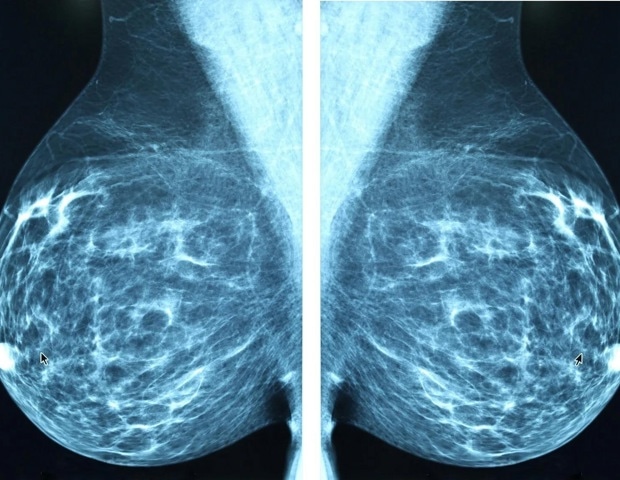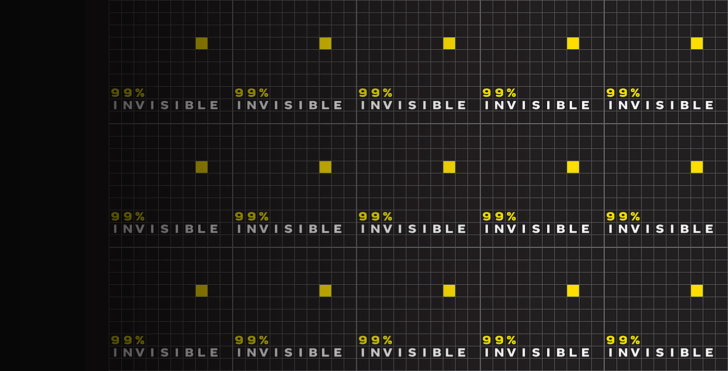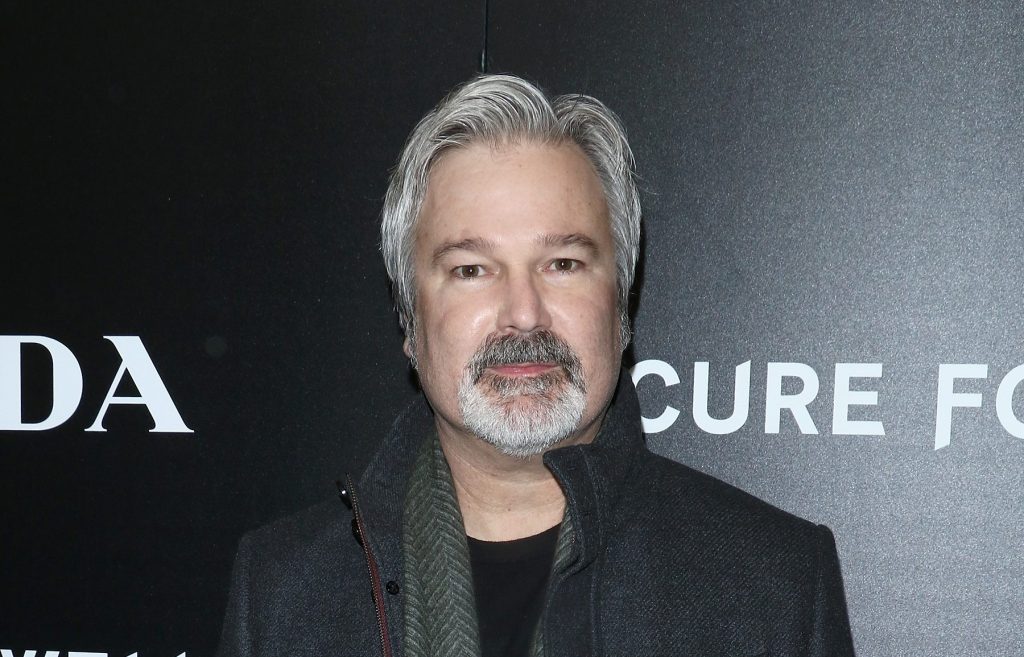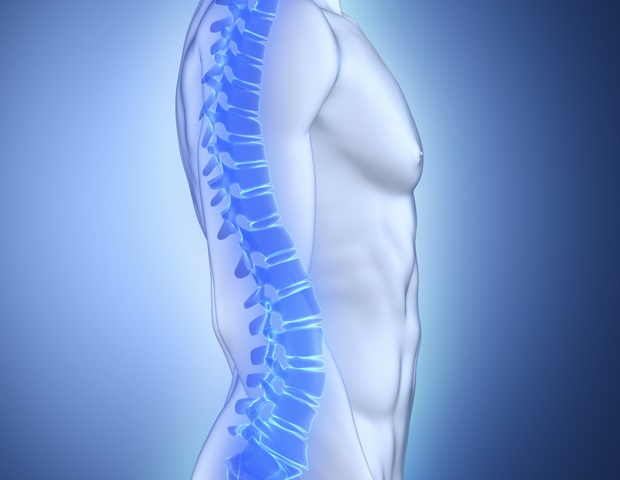Researchers from the University of Birmingham, U.K., have identified bioactive peptide sequences in PEPITEM molecule, and demonstrated the biological of activity of the full PEPITEM molecule in counteracting key changes caused by osteoporosis.
The latest study published in Biomedicine & Pharmacotherapy shows the whole PEPITEM molecule not only reduces bone resorption and increases bone formation, and but also promotes angiogenesis (the growth of capillaries from pre-existing blood vessels) in bone.
The study was led by Professor Helen McGettrick and Dr Amy Naylor, including Dr Kathryn Frost, from the Department of Inflammation and Ageing at the University of Birmingham and Dr James Edwards from Nuffield Department of Orthopaedics, Rheumatology and Musculoskeletal Sciences at the University of Oxford.
The results show PEPITEM holds promise as a new therapeutic for osteoporosis and other disorders featuring bone loss. The dual action of promoting bone formation, and reducing bone breakdown, has distinct advantages over existing drugs. Excitingly, we are now closer to finding the mechanism for PEPITEM regulation of bone formation, angiogenesis and remodelling.”
Professor Helen McGettrick
PEPITEM (Peptide Inhibitor of Trans-Endothelial Migration) is a naturally occurring peptide (short protein), first identified at the University of Birmingham in 2015. Since then, the PEPITEM research team has investigated its role in the body and the potential for novel therapeutics, revealing its role in immune function and immune-mediated disorders.
While previous studies have shown short sequences from the PEPITEM molecule can influence immune cells and inflammation, the latest study suggests the full PEPITEM molecule would offer the maximum efficacy in osteoporosis.
Osteoporosis results from disruption to a tightly orchestrated process, involving a complex interplay between two cell types – osteoblasts, which form bone, and osteoclasts, which break down bone.
The researchers used cell studies to identify peptide sequences from both ends of the PEPITEM molecule that influenced anabolic (construction) and catabolic (break down) processes in bone and identified four peptide sequences for further study.
Investigations in cell and tissue culture showed the two different halves of the PEPITEM molecule were responsible for different functional responses, with direct effects on maturation or inhibition of osteoclast activity. Testing on bone organoids showed two smaller fragments, consisting of three amino acids from each end of the PEPITEM molecule, regulate the maturation of osteoblast cells and cause the release of a protein known to inhibit the formation of osteoclasts.
The researchers then used animal models of osteoporosis to evaluate the effects of these sequences and compared their effects to the whole PEPITEM molecule.
Here the results showed that while the shorter versions of PEPITEM stimulate microscopic changes in bone architecture, the full-length peptide is essential to drive the multitude of functional changes in bone formation.
Increased vascularization
Further investigations in animal models showed both PEPITEM and its derivatives increase vascularisation within a region of the bone that plays a crucial role in bone strength – the trabecular.
Located in the inner part of the bone, the trabecular has a honeycomb structure is aligned along lines of stress making it particularly important in weight-bearing bones, where its density is decreased in conditions with an increased risk of fracture, such as osteoporosis.
The researchers also found a tendency for increased density type-H vessels (specialised bone capillaries that play a crucial role in new bone formation) in close proximity to osteoblasts carrying the NCAM-1 receptor, which has been previously identified as the specific receptor for PEPITEM on osteoblasts.
Professor McGettrick said: “These findings build on our current understanding of PEPITEM biology in bone and clearly point to the next steps in research.”
PEPITEM and its pharmacophores are the subject of a number of patent families relating to its activity in inflammation and inflammatory immune-mediated, bone and obesity related diseases. The researchers are now looking for collaborations to take this research further, with the aim of developing a novel drug for osteoporosis.
Source:
Journal reference:
Frost, K., et al. (2025). PEPITEM and its tripeptide pharmacophores: Mechanisms of bone regulation and therapeutic potential in health and disease. Biomedicine & Pharmacotherapy. doi.org/10.1016/j.biopha.2025.118489





















